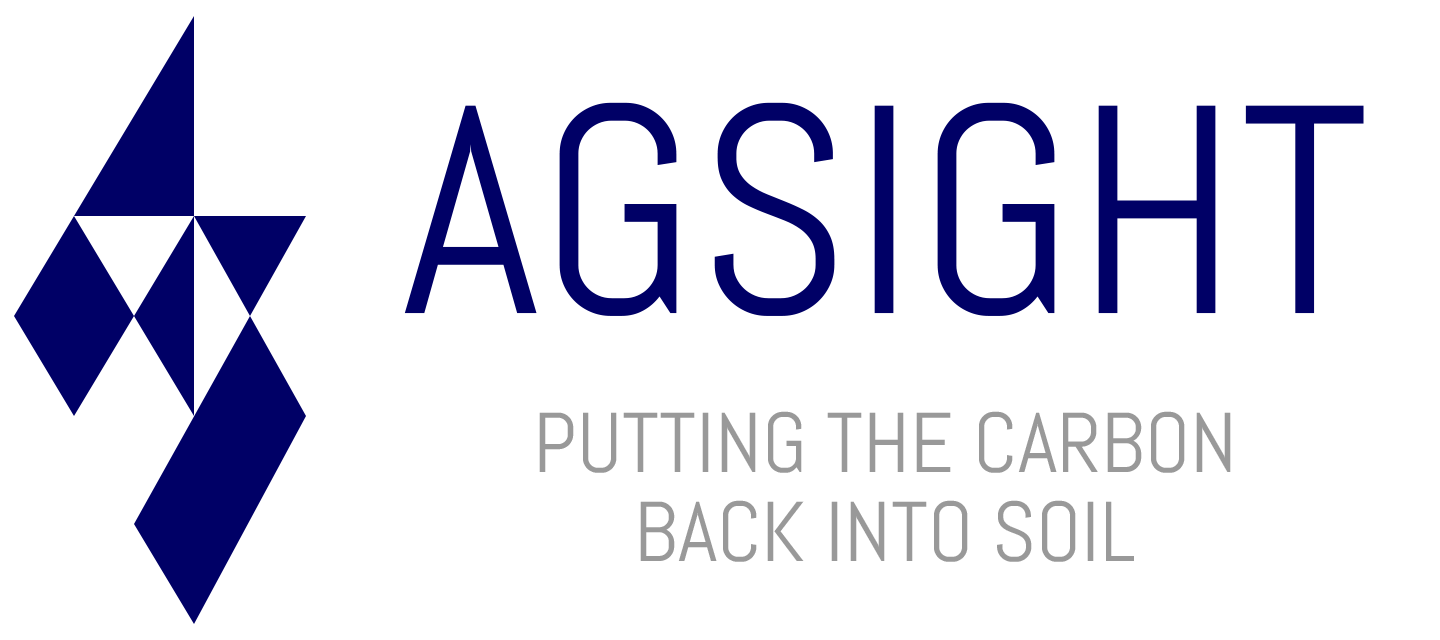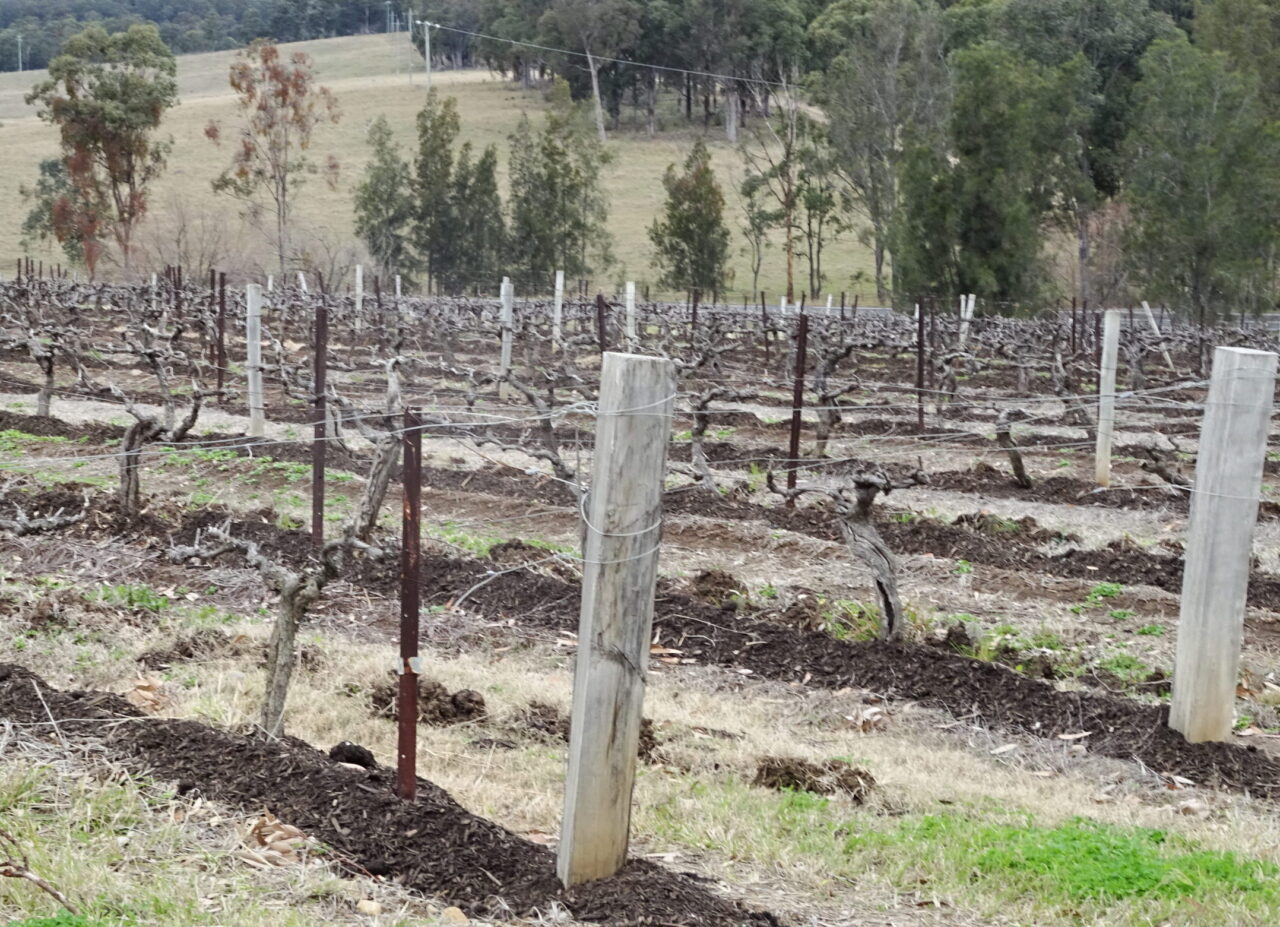The way in which carbon is built-up in soil and how it can be managed to achieve productive agriculture may soon become the farming dogma.
Applying compost to generate more productive agricultural soils is gaining traction among farmers. This change is not surprising as compost-rich soils through their colour, feel and smell evoke marvellous human emotions. Grab a handful, compost-regenerated soils promise bountiful riches.
The measured benefits of compost are also well-regarded. Humus is a game changer that improves soil structure, water-holding capacity and nutrient availability, although in truth those benefits accrue mostly in the surface soil and the nutrient amounts are quite small. Lots of compost must be applied regularly.
There are other fine qualities of compost that cannot be seen nor felt nor smelled. One such acknowledged benefit is for composts to improve microbial activity. In reality composts bring microbial biomass to the soil and the activity of that biomass will depend on how much labile carbon remains in the compost (not much if it is mature) and how much organic carbon exists in the soil (not much if it is a typical Australian agricultural soil).
The microbial activity of bacteria and fungi in the soil is most important. Bacteria and fungi use carbon directly and transfer energy to the soil food chain thus driving the soil biological processes and carbon accumulation in soil. The carbon mineralisation process releases nutrients to growing plants.
Microbial activity cannot be seen but it can be easily measured. The main feedstock of microbial activity, the soil labile carbon, can too be easily measured. Those data can provide a guide as to how to supply compost and labile carbon to promote crop growth. Better crop growth results in more plant residues, and more residual biomass fuels the composting process in situ and the creation of more soil carbon.
The opportunity for compost makers is to spread their limited compost products wider to a bigger farmer group. New technology can be developed to use less compost at each site but overall to create more organic carbon and more productive soils. This approach will create more value for everyone and have a bigger impact on Australian agriculture.
There are two books on the topic that I have enjoyed reading.
The first is Earth Plant and Compost by William F. Brinton (Thomson-Shore Inc.) a general and easily understood guide to composting which AgSight can supply to you.
The second is a refined perspective on Soil Health, Soil Biology, Soilborne Diseases and Sustainable Agriculture by Graeme Stirling, Helen Hayden, Tony Pattison and Marcelle Stirling (CSIRO Publishing).
© Stephen Ockerby 2020

